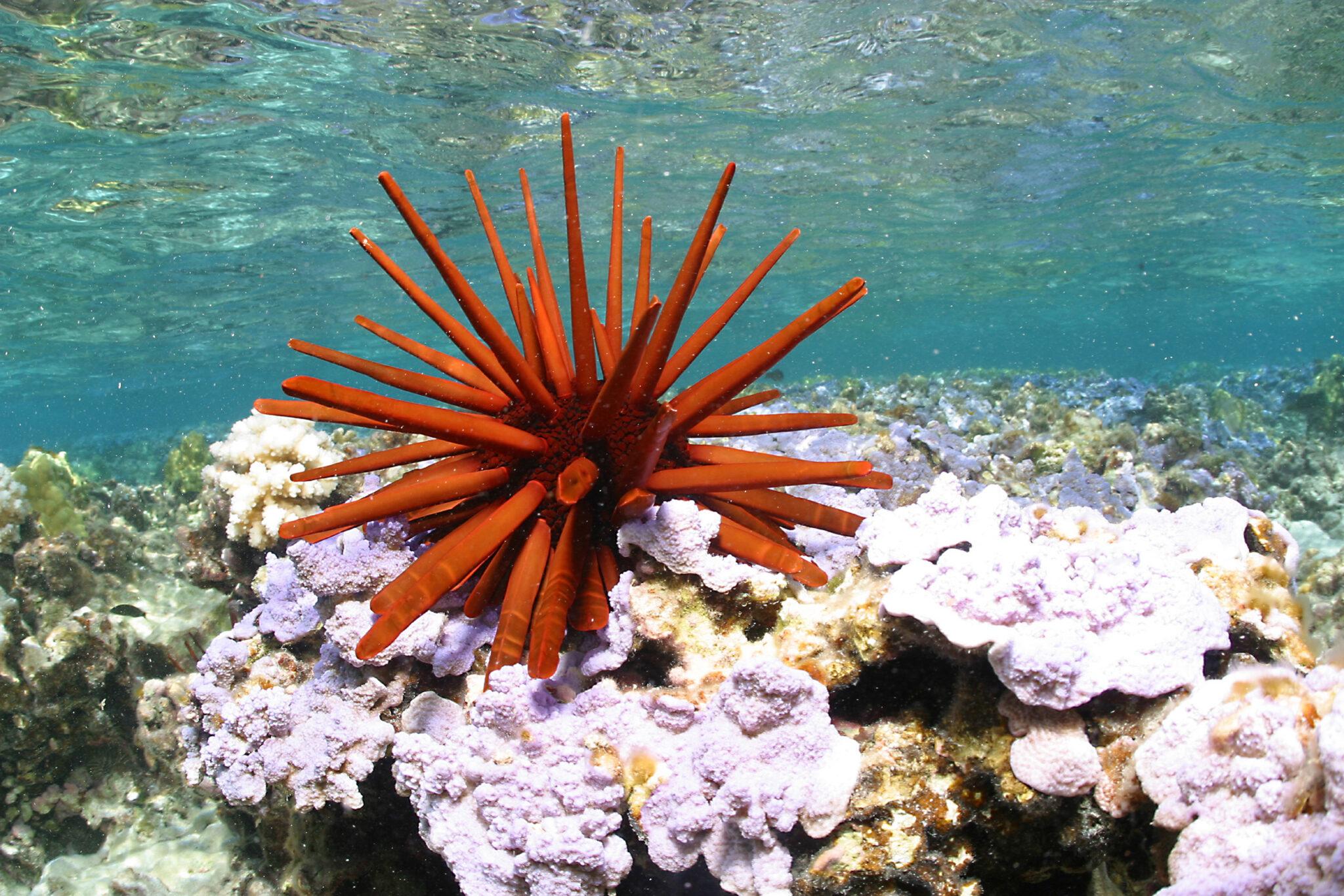This post was originally published on Sustainability Times
Source: Sustainability Times
| IN A NUTSHELL |
|
The underwater realms of our planet hold mysteries that continue to astound even the most seasoned explorers. In 2022, an extraordinary discovery was made beneath the waves north of the Hawaiian Islands. During a routine survey by the exploration vessel Nautilus, researchers stumbled upon what appeared to be an ancient, dried-out lake bed. Its most striking feature was a formation resembling a “yellow brick road,” a sight that captured the imagination of scientists and the public alike. This remarkable find took place within the vast expanse of the Papahānaumokuākea Marine National Monument (PMNM), one of the largest marine conservation areas on Earth.
Exploring the Depths of Papahānaumokuākea Marine National Monument
The Papahānaumokuākea Marine National Monument is a colossal marine sanctuary that dwarfs all the national parks in the United States combined. Despite its size, only a meager 3 percent of its seafloor has been explored. This unexplored expanse presents a fertile ground for scientific discovery and exploration. The Ocean Exploration Trust, which operates the Nautilus, is at the forefront of this endeavor, pushing the boundaries of what is known about this underwater wilderness. Situated more than 3,000 meters below the ocean’s surface, the PMNM is home to a myriad of unique geological and biological features that remain largely uncharted.
The Nautilus expedition to the Liliʻuokalani ridge within the PMNM provided a unique opportunity for scientists to delve into these depths. With live broadcasts and highlight reels available online, the public can share in the wonder of these discoveries, experiencing firsthand the awe and excitement as researchers uncover the secrets of the deep. Such transparency not only fuels public interest but also underscores the importance of marine conservation efforts in preserving these pristine habitats.
Webb Telescope Uncovers Cosmic Wonder: Tiny Dust Grains Morph into a Newborn Planet
The Mysterious Yellow Brick Road
During their survey of the Liliʻuokalani ridge, the Nautilus team encountered an astonishing sight: a lake bed that bore a striking resemblance to a “yellow brick road.” Despite being submerged under about a thousand meters of ocean, the lake bed appeared remarkably dry. The volcanic rock at the summit of the Nootka seamount had fractured in a manner that mimicked the appearance of bricks, creating the illusion of a path leading to some hidden world beneath the sea.
The researchers were astounded, with one scientist exclaiming, “It’s the road to Atlantis,” while another countered with, “The yellow brick road?” The discovery was indeed bizarre, prompting further investigation into the geological processes that could have led to such unusual formations. The unique 90-degree fractures observed in the rock are likely the result of heating and cooling stresses from multiple volcanic eruptions. This natural phenomenon, while rare, offers invaluable insights into the geological history and dynamics of the seafloor.
Scientific Significance and Future Implications
The discovery of the “yellow brick road” is not merely a visual spectacle; it is a significant scientific finding with potential implications for our understanding of Earth’s geology. The fractured volcanic rock provides clues about the processes that have shaped the oceanic crust over millennia. By studying these formations, scientists can gain a deeper understanding of the tectonic and volcanic activities that have sculpted the seafloor, contributing to the broader knowledge of Earth’s geological history.
Moreover, such discoveries highlight the importance of continued exploration and research in the deep sea. With only a fraction of the ocean floor explored, there is a vast frontier of knowledge waiting to be uncovered. The insights gained from these studies not only enhance our scientific understanding but also inform conservation strategies to protect these fragile ecosystems from human-induced threats.
The Role of Public Engagement in Ocean Exploration
The Nautilus expedition’s public engagement efforts play a crucial role in raising awareness about the importance of ocean exploration and conservation. By broadcasting their findings and sharing the excitement of discovery with a global audience, the Ocean Exploration Trust fosters a sense of wonder and curiosity about the natural world. This engagement is vital in building public support for marine research initiatives and conservation efforts.
Through platforms like YouTube, viewers can experience the thrill of exploration alongside the researchers, witnessing firsthand the marvels of the deep sea. Such initiatives not only educate the public about the significance of these discoveries but also inspire the next generation of scientists and explorers. By fostering a deeper connection with the ocean, these efforts contribute to a broader understanding of the critical role that marine environments play in supporting life on Earth.
The enigmatic “yellow brick road” discovered beneath the Pacific Ocean is a testament to the wonders that await in the unexplored depths of our planet. As scientists continue to uncover the secrets of the seafloor, what other marvels might they find hidden beneath the waves?
The post Astonishing 12,000-Year-Old ‘Yellow Brick Road’ Unveiled at Pacific Ocean’s Abyssal Depths appeared first on Sustainability Times.


 The Nautilus expedition discovered a geological formation resembling a “yellow brick road” beneath the Pacific Ocean.
The Nautilus expedition discovered a geological formation resembling a “yellow brick road” beneath the Pacific Ocean. Located within the massive Papahānaumokuākea Marine National Monument, this discovery highlights the potential of unexplored marine areas.
Located within the massive Papahānaumokuākea Marine National Monument, this discovery highlights the potential of unexplored marine areas. The unusual 90-degree fractures in volcanic rock provide insights into the geological history of the ocean floor.
The unusual 90-degree fractures in volcanic rock provide insights into the geological history of the ocean floor. Public engagement through live broadcasts fosters curiosity and support for marine conservation efforts.
Public engagement through live broadcasts fosters curiosity and support for marine conservation efforts.


0 Comments